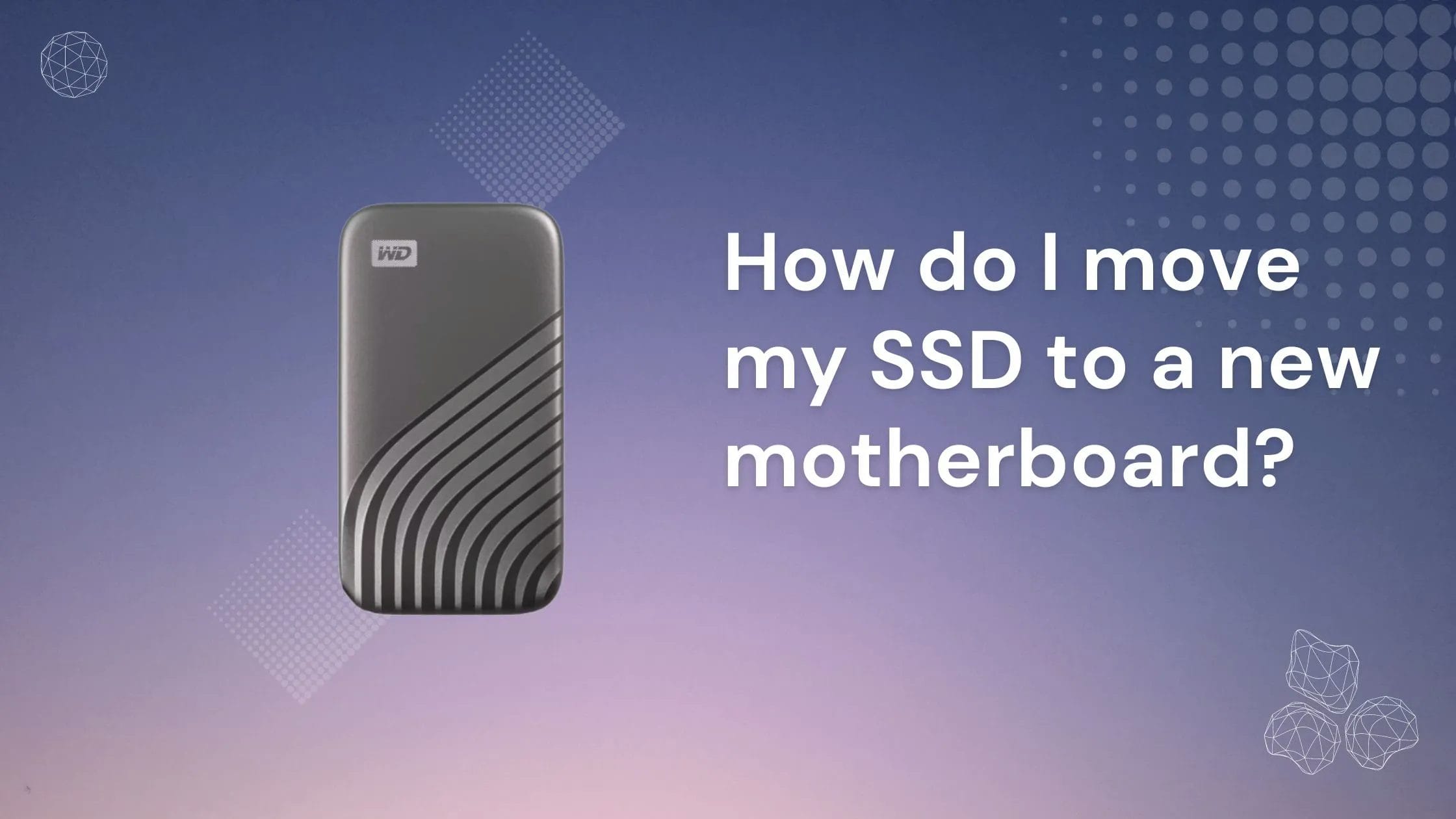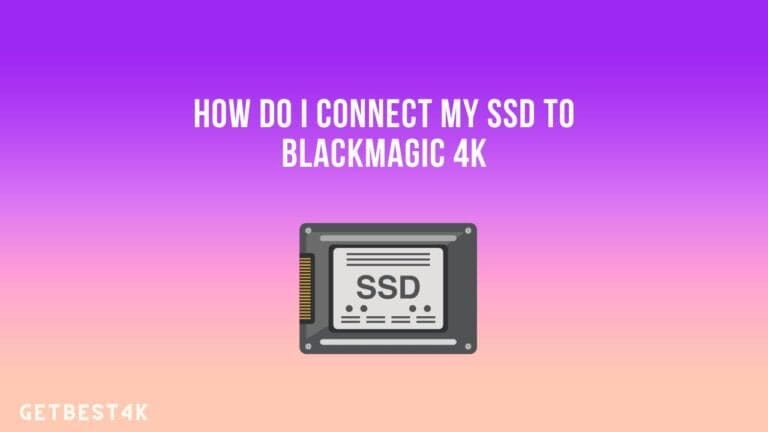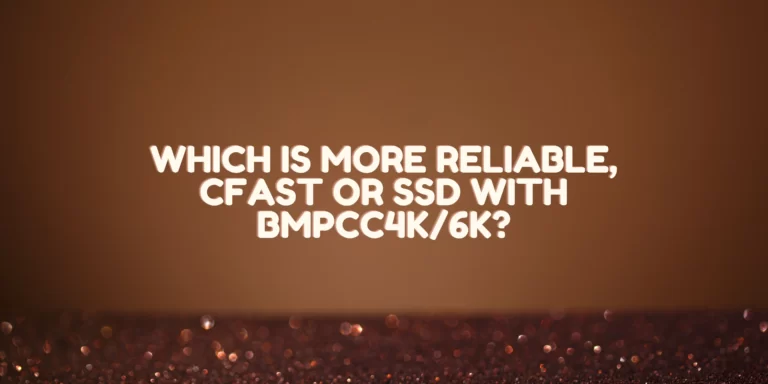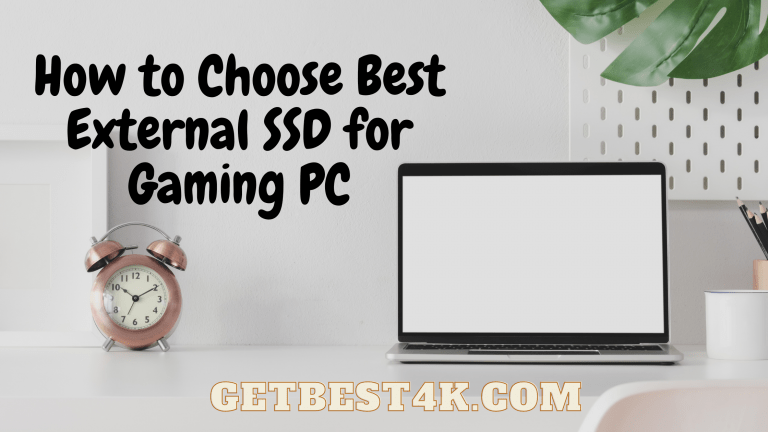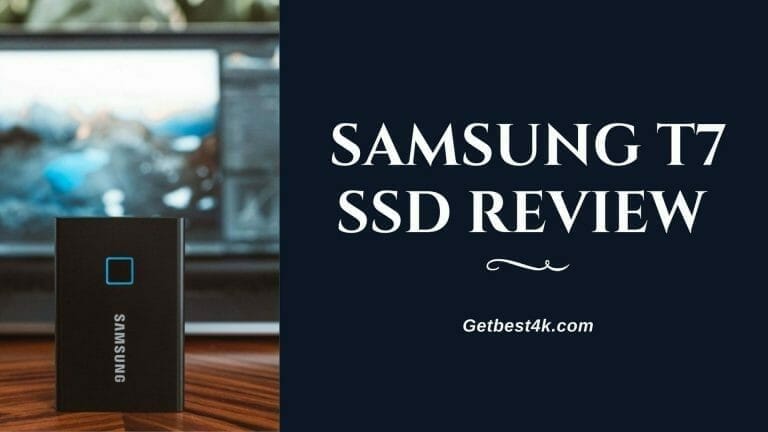If you’ve ever upgraded your PC, then you know that moving parts can be a real headache. However, when it comes to SSDs, there’s no need to worry: moving one is much easier than moving other components. In this guide, we’ll discuss how to move your old drive to a new motherboard and explain the pros and cons of several solutions.
Know the difference between a PATA and SATA connection
- PATA (Parallel ATA) is a legacy connection. It’s what you’ll find on older motherboards, and it’s not as fast or reliable as SATA. If you have a PATA connection, you need to get an adapter that converts your SSD into SATA before it can work with your new motherboard.
- SATA (Serial ATA) is the current standard for connecting drives to computers; if this is what your new motherboard supports, then all you need to do is swap out the old drive for a new one and connect them with an appropriate cable — no adapters needed!

If you’re unsure of which type of connection your motherboard has:
- Check where each cable connects on both ends – if there are four pins instead of seven (as shown above), then it’s likely that this was attached using a parallel port rather than serial port technology – meaning that there could be problems when trying moving data over from one system onto another because they won’t share compatible connections at either end!
Know your motherboard’s connection type.
Before moving your SSD to a new motherboard, it’s essential to know what type of connection your current SSD uses. The most common type is SATA, which stands for Serial ATA and has been around since 2001. The older PATA (Parallel ATA) connection standard was used in PCs until 2008, when SATA replaced it on newer motherboards.
The main difference between these two standards is speed: SATA is faster and more efficient than PATA because it uses fewer wires and connections, resulting in less signal interference between devices connected through them. That means that if your PC has an older motherboard with only PATA ports–and therefore no option for upgrading them–you’ll need an adapter before installing any new drives into its storage bay(s).
Decide on an enclosure or direct-attach solution.
There are two main ways to move your SSD from one computer to another: an enclosure or a direct-attach cable.
- Enclosure: This will allow you to use your existing internal drive as an external USB device and connect it directly to the new motherboard. You will need an enclosure designed for this purpose (not all enclosures can be used this way), but it’s simple and accessible once you have everything set up correctly.
- Direct Attach Cable (DAC): With this method, there is no enclosure involved at all–you plug in one end of the cable into the new motherboard and then plug in another end of that same cable directly into your old SSD controller port on your old computer’s motherboard (or motherboard replacement).
Moving your SSD to a new motherboard is easier than you think!
- You can do it yourself.
- If you use a direct-attach solution, ensure your new motherboard supports the same connection type as your old motherboard.
Conclusion
Moving your SSD to a new motherboard is easy with a bit of research and planning. You’ll need to know the difference between PATA and SATA connections and what type of connection your motherboard supports. Then you can decide whether or not you want an enclosure or a direct-attach solution for your new drive. Once that’s taken care of, all that remains is swapping the old for the new!
- BMPCC 6K vs 6K Pro: The No‑Nonsense Buyer’s Guide - September 27, 2025
- Best Gimbals for BMPCC 6K in 2025: A Complete Guide - June 11, 2025
- Blackmagic Rec.709 LUT Download - June 11, 2025
